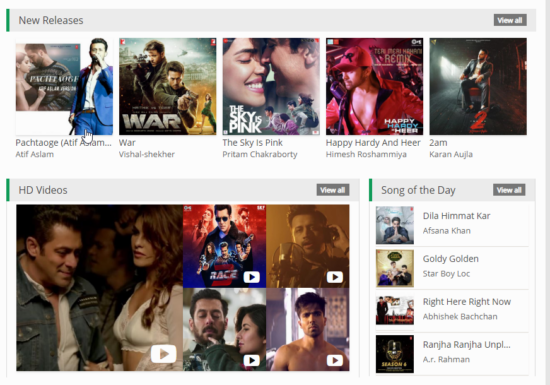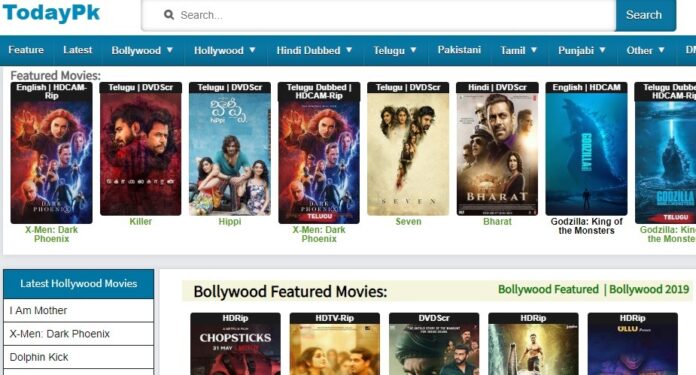In the ever-evolving world of Linux desktop environments, the battle between LightDM and SDDM has been a topic of heated debate among users and developers alike. As we step into the year 2024, the competition between these two display managers shows no signs of slowing down. With each boasting unique features and functionalities, choosing between LightDM and SDDM can be a daunting task for those seeking the perfect balance of performance, customization, and aesthetics.
History: Evolution of both display managers
All Heading
The evolution of display managers has been a fascinating journey, with both LightDM and SDDM playing significant roles in shaping the user experience of Linux desktop environments. LightDM, originally released in 2010, was designed to be lightweight and flexible, making it popular among various distributions. Its customizable nature allowed for seamless integration with different desktop environments, providing users with a tailored experience.
On the other hand, SDDM emerged later in 2012 as the default display manager for the KDE Plasma desktop environment. With a focus on modern design and performance efficiency, SDDM quickly gained popularity for its sleek visuals and quick startup times. The development of both display managers mirrored the broader trends in the Linux ecosystem towards user-friendly interfaces while also highlighting the importance of customization options for power users.
Looking ahead to 2024, it will be intriguing to see how these two display managers continue to adapt to new technologies and user demands. As desktop environments evolve and hardware capabilities advance, LightDM and SDDM are likely to undergo further refinements to ensure optimal user experiences across a variety of setups. The competition between these two giants will undoubtedly drive innovation in display management systems, benefiting Linux users worldwide.

Features: Comparison of features and customization options
When comparing LightDM and SDDM in terms of features and customization options, both display managers offer a range of settings for users to personalize their login screens. One notable difference is that LightDM provides a more minimalist approach with fewer built-in customization options compared to SDDM, which offers a wider array of theming possibilities.
SDDM stands out for its flexibility in allowing users to deeply customize the appearance and behavior of the login screen. From changing themes, backgrounds, fonts, icons, to configuring advanced settings like animations and effects, SDDM provides users with extensive control over the visual aspects of the interface. On the other hand, while LightDM may not offer as many pre-built customization options as SDDM, it still maintains simplicity and ease of use for those looking for a straightforward login experience without compromising on functionality. By presenting these differing approaches to customization, users can choose between intricate personalization or streamlined efficiency based on their preferences.
Performance: Speed and resource usage analysis
When comparing LightDM and SDDM in terms of performance, the speed and resource usage analysis reveals interesting insights. While both display managers are efficient in their own right, LightDM stands out for its lightweight nature. It consumes minimal system resources, making it ideal for machines with lower specifications or limited resources.
On the other hand, SDDM shines when it comes to speed and responsiveness. It offers a snappy performance, especially on modern hardware where its optimized codebase allows for quick boot times and smooth user interactions. This emphasis on speed makes SDDM a preferred choice for users who prioritize swift system operations without compromising on visual appeal or versatility.

Compatibility: Operating systems and desktop environments supported
When it comes to compatibility, LightDM and SDDM differ in the range of operating systems and desktop environments they support. LightDM is known for its broad compatibility with various Linux distributions, including Ubuntu, Fedora, and Debian. It also offers support for desktop environments such as GNOME, KDE Plasma, Xfce, and more.
On the other hand, SDDM has been praised for its seamless integration with the Qt framework, making it an ideal choice for KDE Plasma users. While SDDM primarily focuses on supporting Qt-based desktop environments like KDE Plasma, it may require additional configuration to work smoothly with other desktop environments. However, this specialization can lead to a more optimized and tailored user experience for those within the KDE ecosystem.
Overall, choosing between LightDM and SDDM based on compatibility involves considering your preferred operating system and desktop environment. LightDM’s extensive support across various distributions and DEs makes it a versatile choice for users seeking flexibility. Meanwhile, SDDM’s close alignment with Qt technology appeals to those immersed in the KDE world looking for a deeply integrated login manager solution that complements their workflow seamlessly.
User Interface: Design and user experience comparison
When comparing the user interface design and user experience of LightDM and SDDM in 2024, it becomes apparent that both display managers have distinct approaches. LightDM, known for its sleek and modern look, offers a minimalist design that focuses on simplicity and ease of use. On the other hand, SDDM boasts a more customizable interface with a wide range of themes and options for personalization. This difference in design philosophy caters to users with varying preferences – those who value elegance may prefer LightDM’s clean layout, while enthusiasts looking for customization might lean towards SDDM.
In terms of user experience, LightDM impresses with its efficient performance and quick startup times. Its intuitive interface makes navigating through login screens effortless, providing users with a smooth login process. Conversely, SDDM stands out for its versatility in accommodating diverse workflows and desktop environments. By offering extensive customization options, SDDM enables users to tailor their login experience according to their unique needs and aesthetic preferences. Ultimately, the choice between LightDM’s simplicity or SDDM’s flexibility comes down to individual priorities in interface design and user experience.

Community Support: Levels of community engagement and updates
Community support plays a crucial role in the success of any open-source project like LightDM and SDDM. Both display managers have vibrant communities, but their levels of engagement differ significantly. LightDM boasts a diverse community with active contributors from around the world, providing regular updates and support to users. On the other hand, SDDM, while also well-supported, may lag slightly behind in terms of community engagement due to its smaller user base.
For users, community support can make or break their experience with a display manager. The responsiveness of developers to user queries and issues can determine how satisfied users are with the product. With LightDM’s strong community engagement, users can expect timely updates and helpful responses to their questions. Conversely, potential SDDM users may need to consider whether they are comfortable with potentially slower response times from a smaller but dedicated community.
Conclusion: Summary of strengths & weaknesses, recommendation
In conclusion, the comparison between LightDM and SDDM has highlighted several strengths and weaknesses of both display managers. LightDM excels in its simplicity and versatility, making it a popular choice for users who prioritize ease of use and customization options. On the other hand, SDDM boasts superior performance in terms of speed and resource efficiency, catering to users with a need for swift login processes.
Moving forward, the recommendation would depend on the specific needs of the user. For those seeking a lightweight and customizable display manager, LightDM would be an ideal choice. However, if speed and efficiency are top priorities, opting for SDDM would likely result in a smoother user experience. Ultimately, both display managers have their own set of advantages and drawbacks, so it’s crucial to weigh these factors against individual preferences before making a decision.











![Error: legacy-install-failure with pip install [Fixed] Error: legacy-install-failure with pip install [Fixed]](https://tipsmafia.org/wp-content/uploads/2023/11/error-featured-540x385.jpg)

Recent Comments